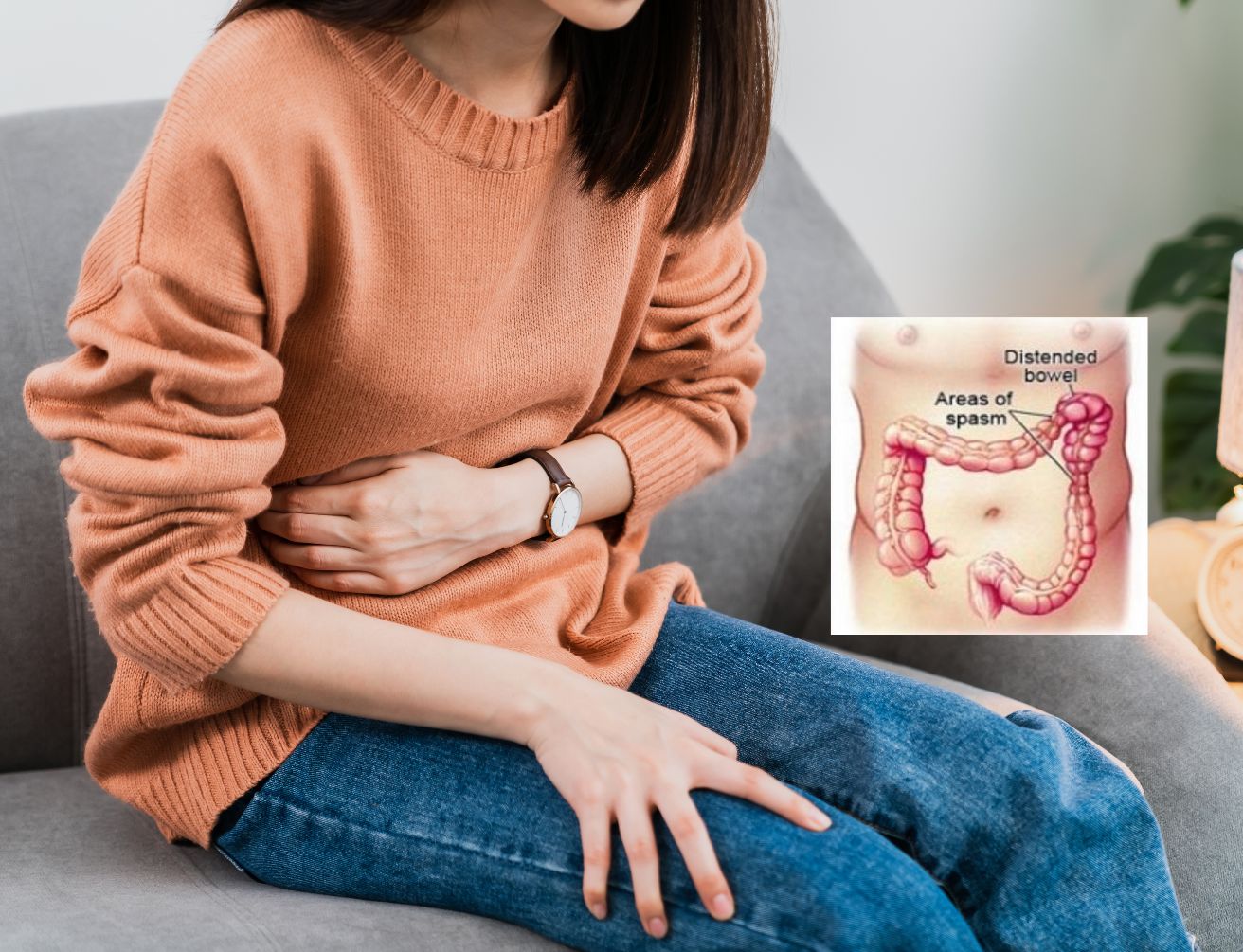
Coffee enemas and colonic irrigation are alternative therapies that are gaining popularity as more people seek out natural ways to improve their health. While they share some similarities, there are key differences between the two treatments.
Enemas are typically used to clear the bowels or to administer medication. A coffee enema, however, involves introducing a mixture of organic coffee and water into the rectum in order to absorb nutrients and antioxidants. The benefits of a coffee enema include the removal of toxins from the liver and bloodstream, increased immunity and energy, elimination of parasites, and stimulation of the vagus nerve via the gut-brain axis.
On the other hand, colonic irrigation involves a much larger volume of water being introduced into the colon to flush out accumulated waste and toxins. The benefits of colonic irrigation include improved digestion, relief of constipation, and removal of toxins from the body.
While some people may attempt to do coffee enemas at home, it is best to seek out a professional for this procedure, especially for the first time. It is important to note that both coffee enemas and colonic irrigation should not be used as a replacement for medical treatment, and individuals should consult with their healthcare provider before pursuing any alternative therapies.
For those with undiagnosed stomach issues, these therapies may offer some relief. However, it is important to remember that everyone’s experience will differ, and it may take several sessions to see lasting effects. In the end, the decision to try a coffee enema or colonic irrigation should be made after careful consideration and consultation with a healthcare professional.
In conclusion, while both coffee enemas and colonic irrigation are gaining popularity as alternative therapies, they differ in their purpose and approach. These treatments may offer some benefits for those with digestive issues, but it is important to approach them with caution and seek out professional guidance before attempting them at home. Ultimately, the decision to pursue these therapies should be made after careful consideration and consultation with a healthcare professional.



